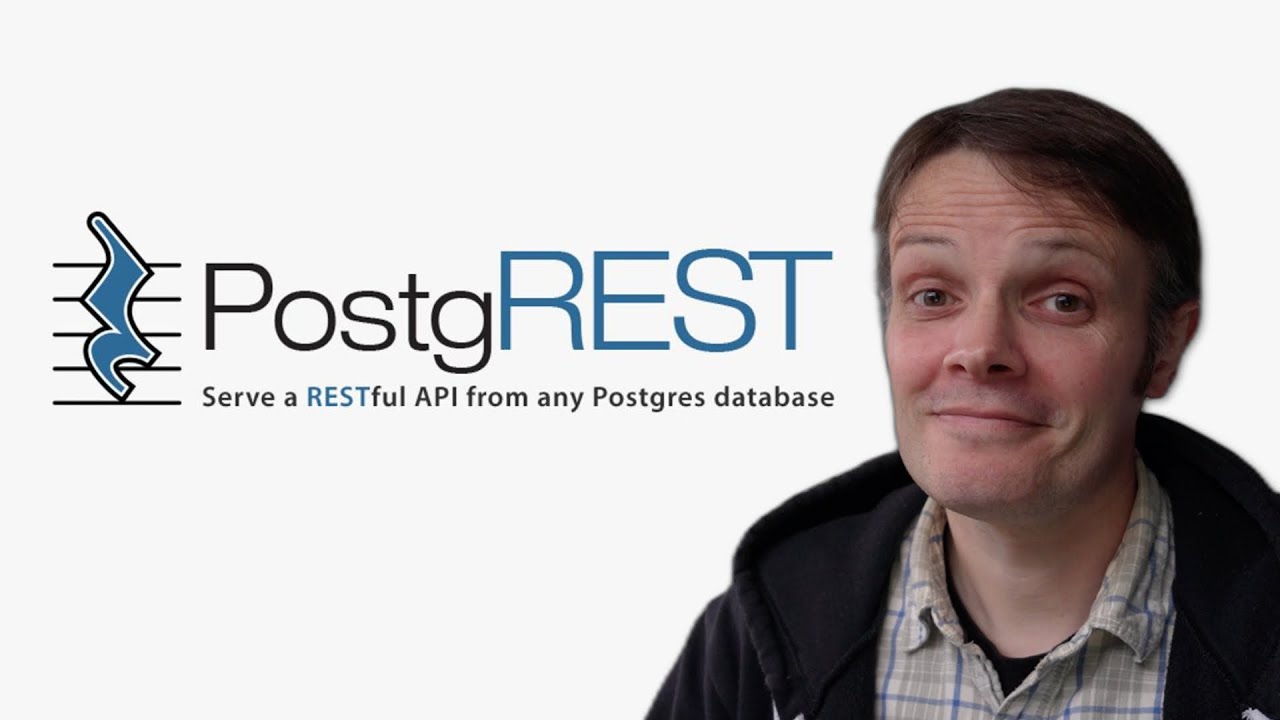The video introduces PostgREST, a standalone web server that effortlessly converts a PostgreSQL database into a RESTful API, showcasing its ease of setup and integration without the need for additional programming languages. Through a practical demonstration, the presenter illustrates how to create an API, manage access permissions, and perform operations using SQL-like query parameters, highlighting PostgREST’s simplicity and power for developers.
The video discusses PostgREST, a standalone web server that transforms a PostgreSQL database into a RESTful API without the need for additional programming languages like Python. The presenter highlights the growing popularity of PostgREST, especially among major players in the hosted PostgreSQL space, such as Supabase and Neon. The focus is on how easy it is to set up and run PostgREST on a local or remote PostgreSQL database, allowing users to create APIs effortlessly.
The presenter introduces Steve Chavz, the maintainer of PostgREST, who has been working with Supabase since 2020. The video showcases a practical demonstration of setting up PostgREST using Docker. The presenter runs a PostgreSQL instance and creates a schema for the API, defining a table for tasks with attributes such as task name and due date. This setup establishes the database as the single source of truth for the API, allowing for seamless integration.
After creating the necessary database schema and inserting sample tasks, the presenter sets up roles to manage access permissions. An anonymous role is created to allow read access to the tasks, while an authenticator role is established for other roles to access the API. The configuration file for PostgREST is then adjusted to connect to the defined API, enabling the server to run and serve requests on a specified port.
The video demonstrates how to interact with the API using SQL-like query parameters in the URL, showcasing the ability to filter tasks based on specific criteria. The presenter notes that while read access is granted, write access is not initially available. To enable write access, a new user with appropriate permissions is created, and a JSON Web Token (JWT) is generated for authentication. This allows the presenter to successfully add new tasks to the database through the API.
In conclusion, the presenter emphasizes the power and simplicity of using PostgREST for creating APIs directly from a PostgreSQL database. The ability to perform complex queries using SQL-like syntax and the inclusion of a Python client library further enhance its usability. The video encourages viewers to explore PostgREST for their projects, highlighting its potential to streamline server-side operations and reduce the need for extensive coding.
